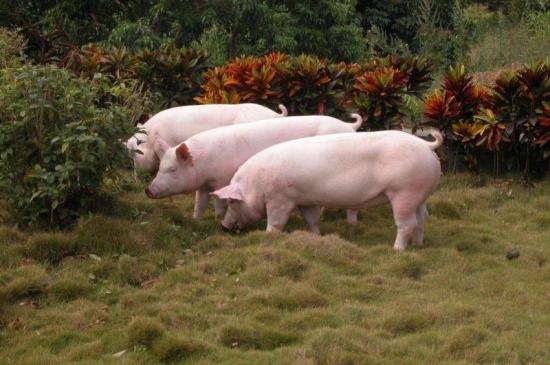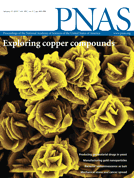
根据美国农业部农业研究服务局和密歇根州立大学进行的一项研究显示,猪饲料中的抗生素增加了猪的抗药性,使猪成为“细菌猪”,对吃猪肉的人类有潜在的危害。研究报告发表在最新一期的《美国国家科学院院刊》(Proceedings of the National Academy of Sciences)上。
这项全面的研究主要集中在理解传统的饲料抗生素对美国农场的影响,研究发现,猪饲料中的抗生素增加了猪的消化道微生物中对抗生素有抗药性的基因数量。
几十年来,许多猪、鸡和其它农场动物的饲养者使用抗生素不仅是为了保护他们的牲畜远离疾病,而且还为了提高家畜的增长率和提高饲料转化效率,以及采取使动物将饲料转换成增重的措施。
科学家并不确切地知道抗生素如何提高生长率和饲料转化效率,但他们担心,在农场使用这些药物可能导致微生物菌株的发展,这些菌株对常规抗生素有抵抗力,对人类和动物有潜在的危害。密歇根州立大学微生物学和分子遗传学和作物和土壤科学的教授詹姆斯(James Tiedje)说:“病原体的抗生素耐药性的增长对全世界是一个巨大的挑战,研究是为了更好地了解什么原因导致疾病的传播以及什么样的干预措施能帮助控制传播。”
其他发现包括:
1.在用抗生素治疗后,猪肠道的微生物群落的抗生素抗性基因的多样性和丰富性增加。这需要较长期的研究。
2.治疗过的猪中意外发现一些基因,通常与没有在研究中使用的抗生素有联系。
3.用抗生素的猪身上,与生长有关的抗菌基因和微生物能源使用大量增加,这可能揭示抗生素如何提高家畜生长速度和饲料转化效率。
4.使用抗生素的猪的大肠杆菌数量增加。需要进一步研究,以澄清此项观察。
美国农业部的研究人员托列伊·洛夫特(Torey Looft)说:“据我们所知,这是科学家首次研究农场动物饲料中使用抗生素的影响,使用全面的方法来检测动物胃肠道的微生物群落的变化。”

 In-feed antibiotic effects on the swine intestinal microbiome
In-feed antibiotic effects on the swine intestinal microbiome
Torey Loofta, Timothy A. Johnson, Heather K. Allen, Darrell O. Bayles, David P. Alt, Robert D. Stedtfeld, Woo Jun Sul, Tiffany M. Stedtfeld, Benli Chai, James R. Cole, Syed A. Hashsham, James M. Tiedje, and Thad B. Stanton
Antibiotics have been administered to agricultural animals for disease treatment, disease prevention, and growth promotion for over 50 y. The impact of such antibiotic use on the treatment of human diseases is hotly debated. We raised pigs in a highly controlled environment, with one portion of the littermates receiving a diet containing performance-enhancing antibiotics [chlortetracycline, sulfamethazine, and penicillin (known as ASP250)] and the other portion receiving the same diet but without the antibiotics. We used phylogenetic, metagenomic, and quantitative PCR-based approaches to address the impact of antibiotics on the swine gut microbiota. Bacterial phylotypes shifted after 14 d of antibiotic treatment, with the medicated pigs showing an increase in Proteobacteria (1–11%) compared with nonmedicated pigs at the same time point. This shift was driven by an increase in Escherichia coli populations. Analysis of the metagenomes showed that microbial functional genes relating to energy production and conversion were increased in the antibiotic-fed pigs. The results also indicate that antibiotic resistance genes increased in abundance and diversity in the medicated swine microbiome despite a high background of resistance genes in nonmedicated swine. Some enriched genes, such as aminoglycoside O-phosphotransferases, confer resistance to antibiotics that were not administered in this study, demonstrating the potential for indirect selection of resistance to classes of antibiotics not fed. The collateral effects of feeding subtherapeutic doses of antibiotics to agricultural animals are apparent and must be considered in cost-benefit analyses.







